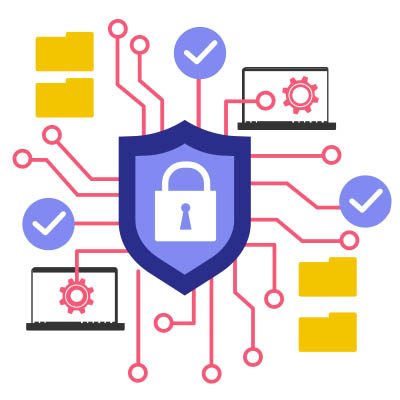Big data is now a crucial resource for businesses of all sizes, including small enterprises. Today, businesses have unprecedented access to vast amounts of data, enabling them to make more informed decisions and operate more efficiently. This month’s newsletter explores how small businesses harness big data’s power.
Voice over Internet Protocol, or VoIP, is a technology that enables phone calls over the Internet. It offers a modern alternative to traditional phone lines with various advantages, like cost savings and advanced features. VoIP is revolutionizing business communication and is an essential tool for today’s organizations, particularly with the rise of remote work. Here’s why it’s so popular among modern businesses.
Business file sharing has become a daily routine. It’s a crucial part of collaboration, communication, and overall productivity. However, with the rise of cyberthreats, file security is more important than ever. It’s not just about sharing files but doing it securely and efficiently. Today, we’ll look at some best practices for business file sharing.
Ensuring that your organization’s file-sharing policies and procedures are built to enhance security can significantly impact collaboration, distinguishing between efficient, streamlined processes and time-purging, wasteful practices. Navigating this terrain can be a challenge. Let’s explore several best practices your organization can adopt to optimize file-sharing.
There are many parts of running a business where you cannot be too careful, one of which is the realm of cybersecurity. Many of the preventative measures you can implement aim to keep issues from making their way to your infrastructure in the first place, which makes sense from an operational standpoint. With an endpoint detection and response solution—or EDR—you’ll take an important step toward keeping most threats off your infrastructure.






